Category

Recent Products
-
 Plum Seedlings
Plum Seedlings
KSh 1,000.00Original price was: KSh 1,000.00.KSh 600.00Current price is: KSh 600.00. -
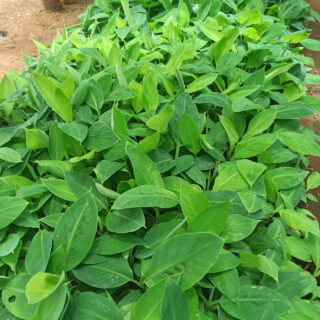 Tissue Culture Banana Seedlings
KSh 250.00 – KSh 500.00
Tissue Culture Banana Seedlings
KSh 250.00 – KSh 500.00
-
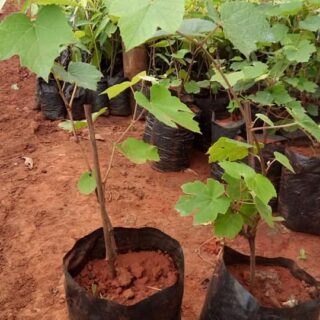 Grapes Seedlings
Grapes Seedlings
KSh 500.00Original price was: KSh 500.00.KSh 300.00Current price is: KSh 300.00. -
 Grafted Apple Seedlings
Grafted Apple Seedlings
KSh 1,000.00Original price was: KSh 1,000.00.KSh 600.00Current price is: KSh 600.00. -
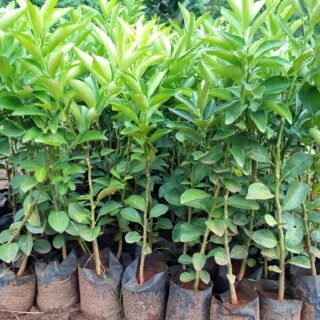 Grafted Pixie Orange Seedlings
Grafted Pixie Orange Seedlings
KSh 350.00Original price was: KSh 350.00.KSh 250.00Current price is: KSh 250.00. -
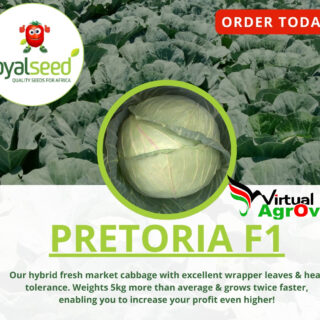 Hybrid Cabbage Pretoria F1
KSh 1,220.00 – KSh 2,680.00
Hybrid Cabbage Pretoria F1
KSh 1,220.00 – KSh 2,680.00
-
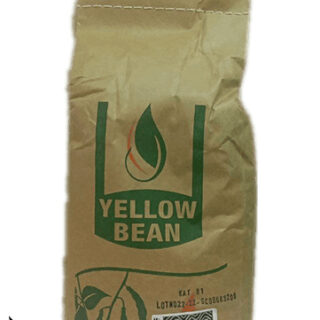 Yellow beans 2kg
Yellow beans 2kg
KSh 1,520.00Original price was: KSh 1,520.00.KSh 1,180.00Current price is: KSh 1,180.00. -
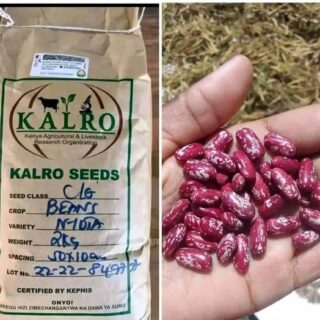 Nyota Beans 2Kg
Nyota Beans 2Kg
KSh 1,850.00Original price was: KSh 1,850.00.KSh 1,460.00Current price is: KSh 1,460.00. -
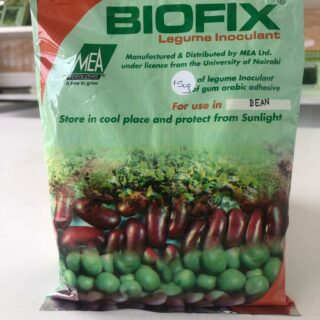 BIOFIX
BIOFIX
KSh 1,050.00Original price was: KSh 1,050.00.KSh 950.00Current price is: KSh 950.00. -
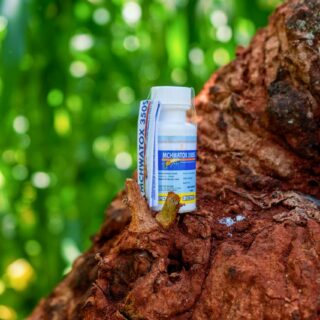 Mchwatox 350SC
Mchwatox 350SC
KSh 650.00Original price was: KSh 650.00.KSh 550.00Current price is: KSh 550.00.
On Sale Products
-
 Mchwatox 350SC
Mchwatox 350SC
KSh 650.00Original price was: KSh 650.00.KSh 550.00Current price is: KSh 550.00. -
 Rotating Water Sprinkler
Rotating Water Sprinkler
KSh 950.00Original price was: KSh 950.00.KSh 880.00Current price is: KSh 880.00. -
 Actellic Super Insecticide
Actellic Super Insecticide
KSh 3,000.00Original price was: KSh 3,000.00.KSh 2,520.00Current price is: KSh 2,520.00. -
 SC Sungura 301 Maize Seed
SC Sungura 301 Maize Seed
KSh 590.00Original price was: KSh 590.00.KSh 530.00Current price is: KSh 530.00. -
 Fugo Pig Sow and Weaner
Fugo Pig Sow and Weaner
KSh 4,500.00Original price was: KSh 4,500.00.KSh 4,350.00Current price is: KSh 4,350.00. -
 RoseCoco Glp 2 2kg
RoseCoco Glp 2 2kg
KSh 750.00Original price was: KSh 750.00.KSh 620.00Current price is: KSh 620.00. -
 GIANT NIGHTSHADE. (MANAGU)
KSh 250.00 – KSh 350.00
GIANT NIGHTSHADE. (MANAGU)
KSh 250.00 – KSh 350.00
-
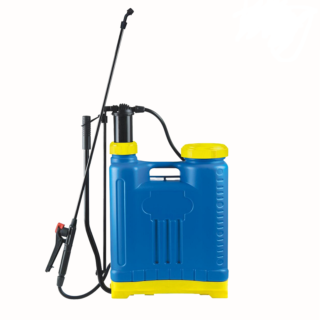 Knapsack Sprayer
Knapsack Sprayer
KSh 2,100.00Original price was: KSh 2,100.00.KSh 1,950.00Current price is: KSh 1,950.00. -
 Fugo Starter Crumbs
KSh 1,100.00 – KSh 5,320.00
Fugo Starter Crumbs
KSh 1,100.00 – KSh 5,320.00
-
 Gam Chaff Cutter
KSh 42,000.00 – KSh 65,000.00
Gam Chaff Cutter
KSh 42,000.00 – KSh 65,000.00
-
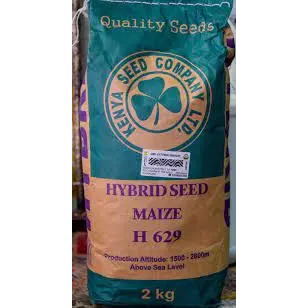 Maize H629 Highland (2kg)
Rated 4.00 out of 5
Maize H629 Highland (2kg)
Rated 4.00 out of 5KSh 450.00Original price was: KSh 450.00.KSh 420.00Current price is: KSh 420.00.
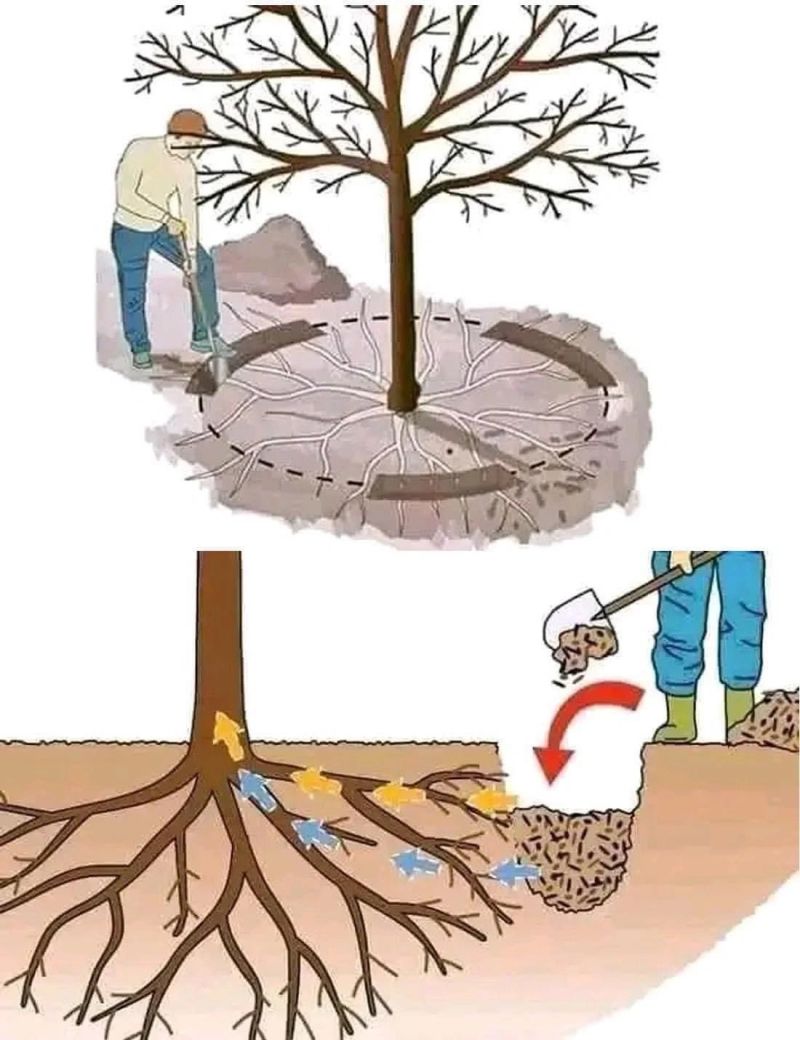
Tree Fertilization is a vital aspect of maintaining their health and promoting vigorous growth. However, a common gardening mistake is applying fertilizer incorrectly, which can not only waste resources but also potentially harm the tree. This comprehensive guide outlines the correct way to fertilize trees, ensuring that they receive the nutrients they need without the associated risks.
Understanding the Root System
Before diving into the fertilization process, it’s crucial to understand a tree’s root system. The majority of a tree’s absorbing roots, including the vital root hairs, are located not at the trunk’s base but rather extend outward beneath the tree canopy, often reaching beyond the drip line. These roots are primarily responsible for nutrient uptake.
Soil Testing:
Begin with a soil test to determine the specific nutrients your tree may be lacking. This will help you select the right type of fertilizer.
Observation:
Look for signs of nutrient deficiency in the tree, such as discolored leaves, slow growth, or early leaf drop.
Fertilizer Type: Opt for a slow-release, granular fertilizer that matches the nutrient needs identified by your soil test.
- A balanced N-P-K (Nitrogen, Phosphorus, Potassium) ratio is generally recommended, unless soil testing suggests otherwise. Apply the fertilizer to the area where the root hairs are most active, which is under the tree’s canopy and extending just beyond the drip line. Avoid fertilizing directly in front of the tree trunk.
- Evenly distribute the fertilizer granules over the soil surface within the root zone.
- For deeper nutrient penetration, consider creating shallow wells (4-6 inches deep) around the drip line and applying the fertilizer directly into them.
- After applying the fertilizer, water the area thoroughly to help move the nutrients into the soil where roots can absorb them. However, ensure that water does not pool around the tree trunk.
- Avoid letting water touch the tree trunk directly. Use a dirt barrier or mulch to divert water away from the trunk.
Overhydration and poor soil drainage can lead to root rot. Ensure the soil around your trees drains well.
In dry or hot weather, keep irrigations close together but avoid flooding. Distributing water in installments can help prevent overhydration. Hydrogen peroxide to irrigation water improves oxygen levels. Correctly fertilizing trees is about more than just providing nutrients; it’s about ensuring those nutrients are delivered in a way that supports the tree’s health and growth. By understanding the tree’s root system, using the appropriate fertilizer, and applying it in the right manner, gardeners can enhance the vitality of their trees. Remember, the goal is to support the natural processes of the tree, fostering a sustainable environment for its development.
Related
Discover more from Virtual Agrovet
Subscribe to get the latest posts to your email.
Written by Farmers Trend Online Agrovet


Subscribe via Email
Recent Posts
- The Hidden Dangers of Pesticides: A Call for Awareness and Responsibility
- The Art of Tree Fertilization: A Guide to Proper Technique and Care
- Nyota Beans Farming in Kenya: A “Shining Star” for Better Nutrition
- Comprehensive Guide to Achieving Success in Onion Farming in Kenya
- Understanding Copper’s Essential Role in Plant Growth 🌱
- Synchronization of life stages across individuals in black soldier fly Production
- The Harmony of Nutrients: Exploring Potassium’s Role in Soil Fertility
- Unlocking Plant Health: The Power of Potassium in Disease Resistance
- Powering Growth: The Crucial Role of Potassium in Photosynthesis
- Diving into the Roots of Nutrition: Phosphorus Uptake in Plants
- The Balancing Act: Calcium and Its Complex Dance with Other Nutrients
- Cultivating Sustainability: Transforming Agriculture Through Plant Biostimulants
- Impact of Nitrogen Fertilizers on Soil Health
- Methods and Benefits of Seed Priming
- The Vital Role of Nitrogen in Plant Physiology
Featured Products
-
 Knapsack Sprayer pump 20l
Knapsack Sprayer pump 20l
KSh 2,100.00Original price was: KSh 2,100.00.KSh 1,900.00Current price is: KSh 1,900.00. -
 Rake Complete With Handle
KSh 485.00
Rake Complete With Handle
KSh 485.00
-
 Coopers Triatix Stock Spray
KSh 107.00 – KSh 315.00
Coopers Triatix Stock Spray
KSh 107.00 – KSh 315.00
-
 Poultry chicken Feeder
KSh 230.00 – KSh 700.00
Poultry chicken Feeder
KSh 230.00 – KSh 700.00
-
 SC Sungura 301 Maize Seed
SC Sungura 301 Maize Seed
KSh 590.00Original price was: KSh 590.00.KSh 530.00Current price is: KSh 530.00. -
 Maclik Super Cow Salt
KSh 150.00 – KSh 530.00
Maclik Super Cow Salt
KSh 150.00 – KSh 530.00
-
 Coopers Milking Salve
KSh 60.00 – KSh 1,370.00
Coopers Milking Salve
KSh 60.00 – KSh 1,370.00
-
 Binastore Wheelbarrow
Binastore Wheelbarrow
KSh 4,500.00Original price was: KSh 4,500.00.KSh 4,200.00Current price is: KSh 4,200.00. -
 GIANT NIGHTSHADE. (MANAGU)
KSh 250.00 – KSh 350.00
GIANT NIGHTSHADE. (MANAGU)
KSh 250.00 – KSh 350.00
-
 CORIANDER DANIA SEEDS - 250G
CORIANDER DANIA SEEDS - 250G
KSh 1,250.00Original price was: KSh 1,250.00.KSh 965.00Current price is: KSh 965.00.

Leave a Reply